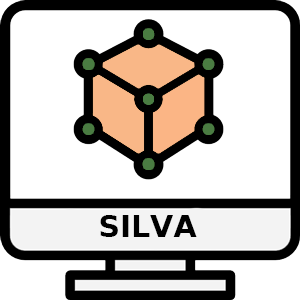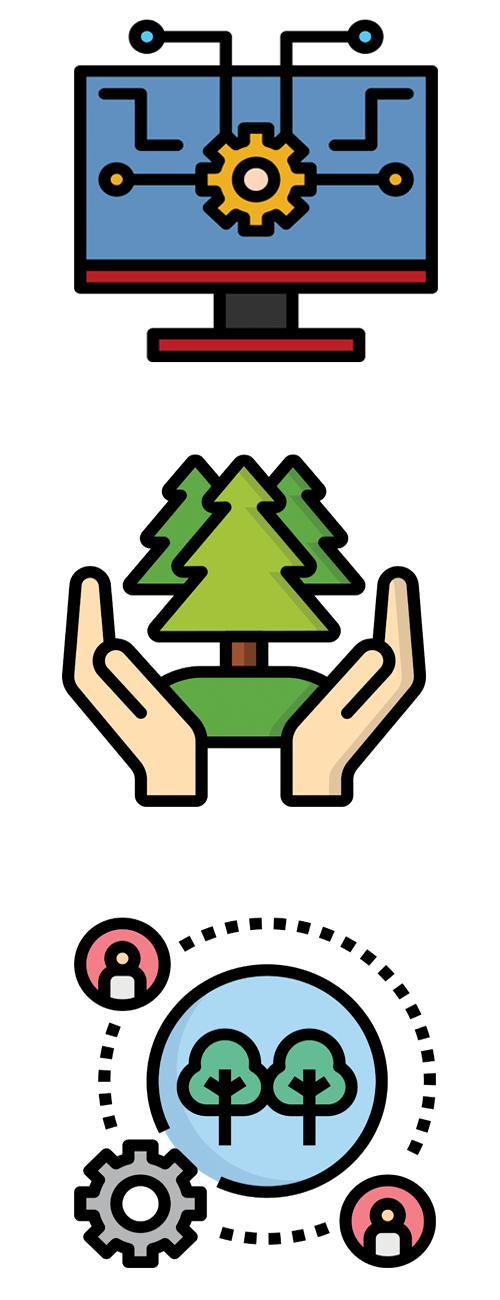Models
Linking forest models and training tools with genetics to explore and assess FGR-based management options
What are the objectives?
- Quantify the effects of tree selection by thinning, and develop a genetic module for practitioner training to assess the genetic impacts of management decisions
- Assess the effects of genotype interaction on growth, resilience to drought, stand structure and genetic diversity in genetic mixtures, and develop silvicultural prescriptions for their management
- Assess the consequences of genetically heterogeneous landscapes on ecosystem services and gene connectivity, and analyse different regional forest planning scenarios
- Develop FGR-oriented management and restoration options to anticipate forest decline and restoration needs, and test them in long-term experimental sites
Why use models and simulation approaches?
In research...
- To extend our capacity to explore the responses of forests in various contexts, as a complement to replicated and long-term experiments
- To integrate knowledge from different disciplines and account for interference between management and natural processes
In management...
- To test management scenarios and assess the impacts of management practices from short- to long-term
- To explore and assess innovative management options and choose the ones deserving pre-development experimentation
In training and education...
- To raise awareness on forest response and management impacts
- To illustrate complex interactions between multiple processes
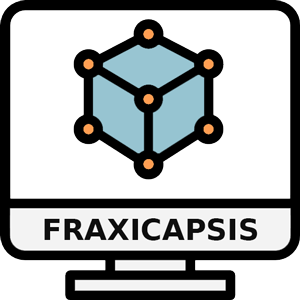
FRAXICAPSIS

IBERO

I+ Training Software
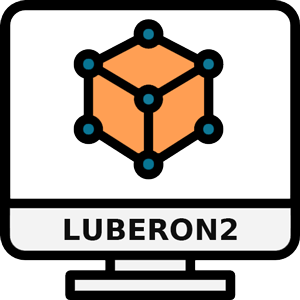
LUBERON2
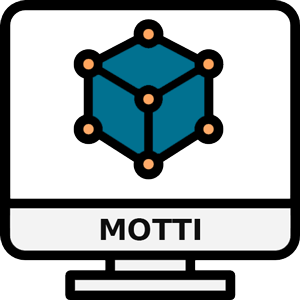
MOTTI Stand Simulator
